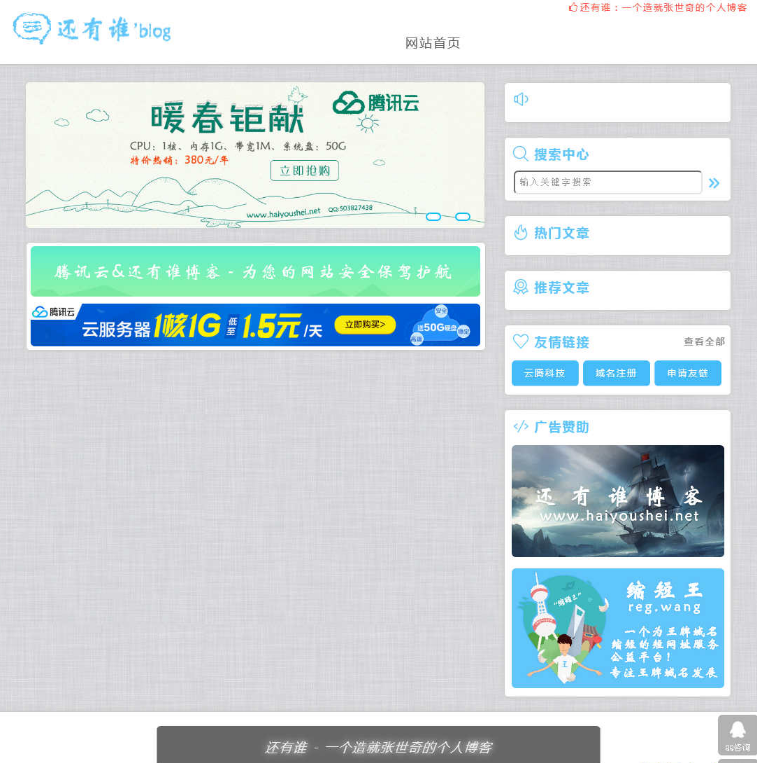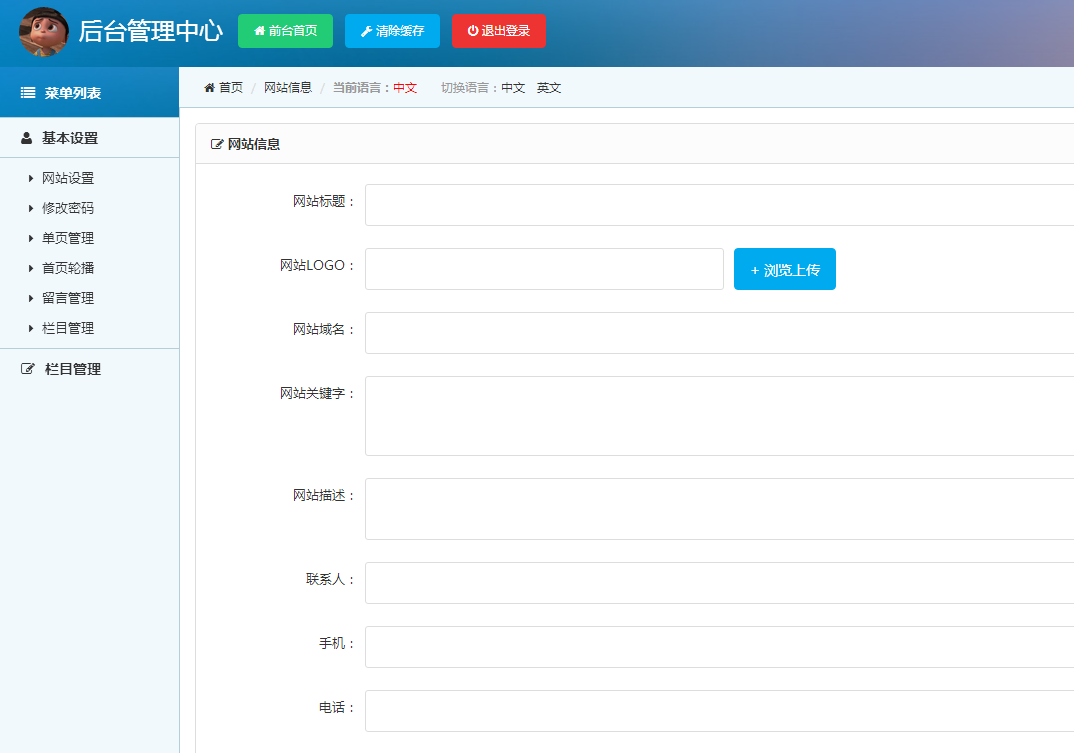phpMyAdmin database management tool
All resources on this site are contributed by netizens or reprinted by major download sites. Please check the integrity of the software yourself! All resources on this site are for learning reference only. Please do not use them for commercial purposes. Otherwise, you will be responsible for all consequences! If there is any infringement, please contact us to delete it. Contact information: admin@php.cn
Related Article
 phpMyAdmin: An Introduction to the Database Management Tool
phpMyAdmin: An Introduction to the Database Management Tool28Apr2025
phpMyAdmin simplifies MySQL database management through the web interface. 1) Create, modify, and delete databases and tables; 2) Execute SQL queries; 3) Import and export data; 4) Manage user permissions. It interacts with MySQL through a web server, providing an intuitive operation interface.
 Database Management Tool
Database Management Tool18Nov2024
Introduction Managing databases and performing CRUD operations are fundamental tasks for developers building data-driven applications. While many database management systems (DBMS) exist, they can be complex and cumbersome to interact with, especial
 Inside Database Management Tool
Inside Database Management Tool27Nov2024
In this article, we’ll dive into the inner workings of the database management tool, exploring the architecture and technologies that power it. Understanding how the application functions behind the scenes will give you insight into its design, how i
 MySQL: The Database, phpMyAdmin: The Management Interface
MySQL: The Database, phpMyAdmin: The Management Interface29Apr2025
MySQL and phpMyAdmin can be effectively managed through the following steps: 1. Create and delete database: Just click in phpMyAdmin to complete. 2. Manage tables: You can create tables, modify structures, and add indexes. 3. Data operation: Supports inserting, updating, deleting data and executing SQL queries. 4. Import and export data: Supports SQL, CSV, XML and other formats. 5. Optimization and monitoring: Use the OPTIMIZETABLE command to optimize tables and use query analyzers and monitoring tools to solve performance problems.
 Advanced phpMyAdmin Tutorial: Boosting Database Management Efficiency
Advanced phpMyAdmin Tutorial: Boosting Database Management Efficiency04Apr2025
phpMyAdmin provides a variety of advanced features to improve database management efficiency. 1. The SQL query editor allows writing and executing complex queries and optimizing table structure. 2. The data export and import functions support backup and migration of data. 3. Performance optimization improves efficiency through indexing and query optimization, and regular maintenance keeps the database running efficiently.
 Finding the Perfect Database Management Tool: The Search Continues
Finding the Perfect Database Management Tool: The Search Continues17Apr2025
The steps to select a database management tool include: 1. Understand the definition and functionality of DBMS, 2. Evaluate the working principle of the tool and query optimizer performance, 3. Master the basic and advanced usage, 4. Identify and resolve common errors, 5. Pay attention to performance optimization and best practices. Through these steps, you can find the most suitable database management tools based on project needs to ensure efficient and secure data management.
 phpMyAdmin: A Web-Based Interface for Database Management
phpMyAdmin: A Web-Based Interface for Database Management27Apr2025
phpMyAdmin is a web-based tool for managing MySQL and MariaDB databases. 1) It provides an intuitive user interface that allows various database operations through the browser. 2) phpMyAdmin interacts with the database through PHP scripts and converts operations into SQL commands. 3) Users can perform operations from basic data browsing and editing to advanced SQL queries and view management. 4) Common problems include connection failures and SQL syntax errors, which can be solved by checking configuration and syntax. 5) Performance optimization suggestions include avoiding large-scale data operations during peak periods and regularly maintaining databases.
 What is git code management tool? What is git code management tool?
What is git code management tool? What is git code management tool?06Mar2025
This article introduces Git, a distributed version control system. It highlights Git's advantages over centralized systems, such as offline capabilities and efficient branching/merging for enhanced collaboration. The article also details learning r











